advancing the mitigation of Climate Change and Global Warming through Geoengineering education and research
Climate Engineering Overview
What is Climate Engineering?
Climate Engineering or Geoengineering is the intentional large-scale manipulation and modification of the Earth’s climate and environment to prevent further Climate Change, slow down and reverse Global Warming, and mitigate their effects on our civilization and biosphere. Climate Engineering approaches include Natural Climate Solutions, Solar Radiation Management, Carbon Dioxide Removal and a diverse array of climate mitigation and adaptation methodologies. Climate Engineering solutions include:
Earth's Radiation Budget and Global Warming
Climate Engineering or geoengineering researchers are trying to develop methodologies to alleviate the effects of Climate Change by either reducing the amount of sunlight that is absorbed in the Earth’s atmosphere and environment or by reducing atmospheric carbon dioxide levels. Climate Change and Global Warming are caused by the release of large quantities of carbon dioxide into the atmosphere due to the combustion of fossil fuels. This global warming is largely due to the interaction between carbon dioxide and shortwave and longwave radiation (see NASA Earth Observatory’s Earth’s YouTube video Radiation from the Sun and Earth).
Radiation from the Sun and Earth. Courtesy of the NASA Earth Observatory and the YouTube channel SST GURU KPT.
Normally, sunlight (shortwave radiation) shines on the Earth and is partially reflected back into space by clouds and other reflective surfaces. Some rays of sunlight hit gas molecules and particles in the atmosphere and the surfaces of the land and oceans. Molecules, particles, and areas that are hit by rays of sunlight, in turn, absorbed much of this energy, covert or change it, and radiate it back into the environment as longwave radiation or heat. In pre-Global Warming times, much of this heat or thermal radiation would travel out into space rather than bouncing around and heating up the atmosphere and the planet (See Figure 1).
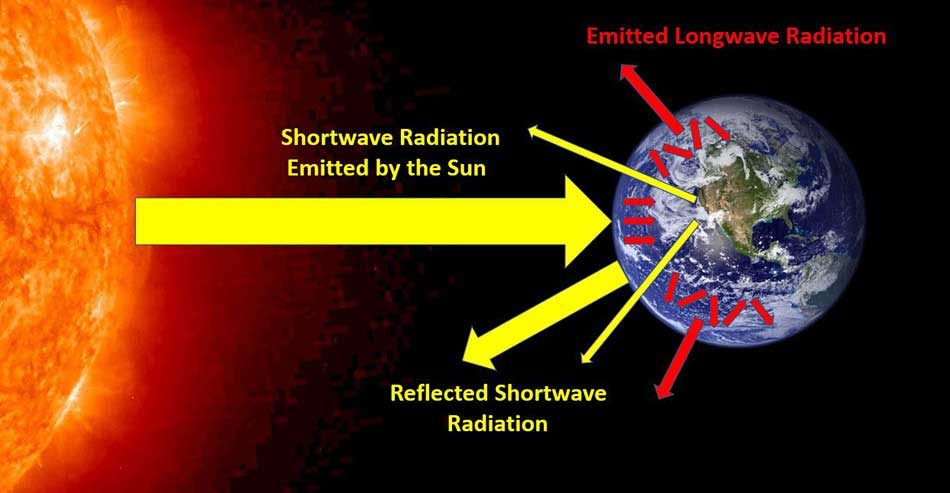
Figure 1. Electromagnetic radiation in the Earth’s atmosphere that can be managed by climate engineering. Earth and sun images courtesy of NASA and NASA’s Jet Propulsion Laboratory. Credit to NASA’s CERES Instrument Team for figure concept.
Earth’s Energy Explained. Courtesy of the National Center for Atmospheric Research and University Corporation for Atmospheric Research.
Climate Engineering
The main goal of climate engineering or geoengineering is to bring global temperatures and carbon dioxide levels back to pre-industrial/pre-fossil fuel levels. Climate engineering methods that reduce the sunlight or shortwave radiation that hits the Earth (i.e. solar radiation management) include space-based sunshades and reflectors, stratospheric aerosol injection, marine cloud brightening and increases in the albedo or reflectivity of areas of the Earth. Climate engineering methods that reduce atmospheric carbon dioxide (i.e. carbon dioxide removal/carbon sequestration/carbon capture and storage) include ecosystem restoration, land use improvement, ocean fertilization, enhanced ocean upwelling and downwelling and multiple diverse climate engineering technologies that remove or prevent atmospheric carbon dioxide on an industrial scale.
Solar Radiation Management
Solar Radiation Management are climate engineering methods that reduce shortwave and longwave radiation in Earth’s climate system or geosphere. These approaches include include space-based sunshades and reflectors, stratospheric aerosol injection, marine cloud brightening, land albedo enhancement and Earth radiation management (Ming et al., 2014). Of these climate engineering approaches, space-based sunshades and reflectors, stratospheric aerosol injection and marine cloud brightening all, individually, have the potential to bring the average temperature of the Earth back to pre-industrial levels (Lenton and Vaughan, 2009). These climate engineering approaches are generally considered to be a temporary solution to mitigate Global Warming to give our civilization more time to find sustainable energy sources and remove carbon dioxide from the atmosphere. The effects of these climate engineering approaches would not be uniform over the planet, could benefit some areas more than others and could adversely affect some regions and populations. Stratospheric aerosol injection, for example, may reduce rainfall in some areas, decrease the efficiency of solar panels and change the color of the sky from blue to white. Solar radiation management methods would also not mitigate other effects of elevated levels of carbon dioxide such as ocean acidification.
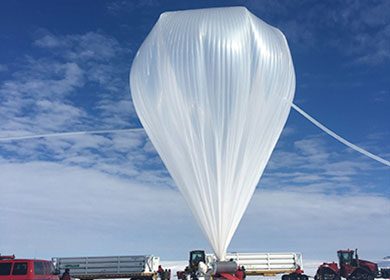
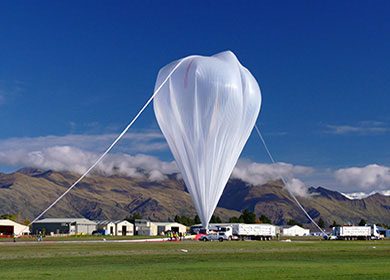
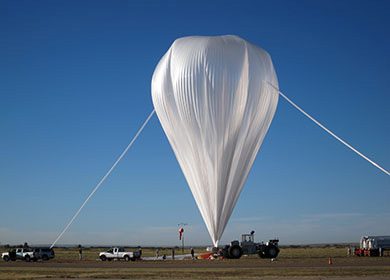
Solar Radiation Management | Space-based Geoengineering
Space-based climate engineering approaches consist of the deployment of objects in space that can block or reflect sunlight away from the planet. Proposals include sunshades, reflectors or mirrors, and clouds of sun-blocking particles that are positioned in orbit or at the L1 Lagrange point (Angel, 2006). The L1 Lagrange point is a specific location between the Earth and the Sun (about 1.5 million km from the Earth) where the gravity of the Earth and the Sun are approximately equal. Although technically challenging in nature and expensive with potentially long time frames to set up, space-based climate engineering approaches are thought to minimize the possibility of polluting our atmosphere and biosphere compared to other methods like stratospheric aerosol injection.
Solar Radiation Management | Stratospheric Aerosol Injection
Stratospheric aerosol injection, which is a very promising climate engineering approach, involves the release of reflective particles such as sulfate into the stratosphere to reflect sunlight into space (Figure 2). It was first proposed by Mikhail Ivanovich Budyko in 1974 (Rasch et al., 2008/Keith, 2000). This climate engineering approach developed out of observations that atmospheric sulfate injections of large volcanic eruptions are generally followed by 1 to 2 years of cool weather over large areas of the planet. Other aerosols that are being considered for this solar radiation management approach include black carbon, metallic aluminum, aluminum oxide and barium titanate (Effiong and Neitzel, 2016). High altitude airplanes, tethered balloons, high-altitude blimps, and artillery have been proposed to distribute the particles into the stratosphere. As mentioned above, stratospheric aerosol injection does have drawbacks such as decreased rainfall in some regions. This method, however, is feasible, relatively inexpensive and well-studied based on evidence from numerous recent and historic volcanic eruptions (e.g. Mount Pinatubo in 1991).
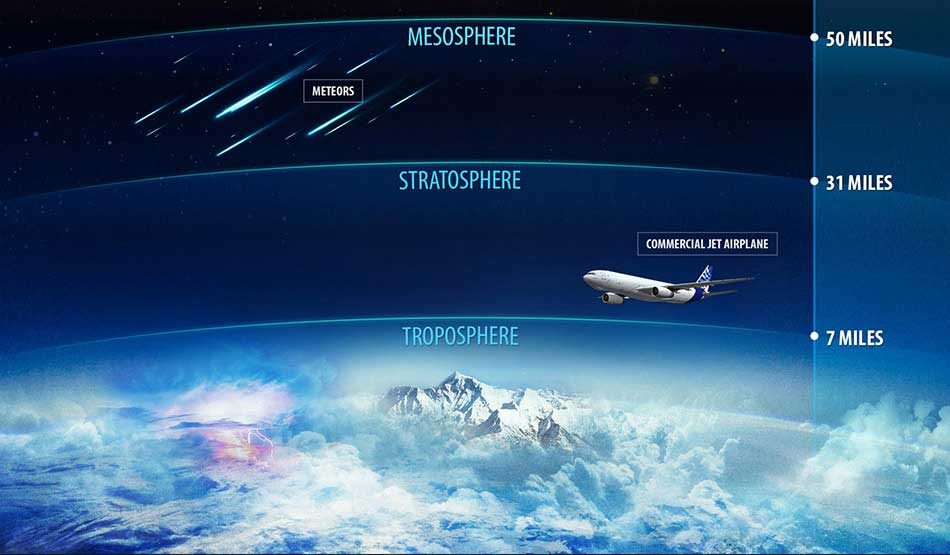
Figure 2. Image of the Stratosphere where climate engineering aerosols could be injected to counteract Global Warming. Courtesy of NOAA Satellite and Information Service.
Solar Radiation Management | Marine Cloud Brightening
Marine cloud brightening is a climate engineering approach that aims to increase the albedo (reflectivity) of ocean clouds by seeding them with seawater aerosol (Latham et al., 2008). It is a very attractive and promising climate engineering solution to counteract Global Warming because it is simple in nature, potentially very effective, environmentally friendly and controllable. Salter et al. (2008) describe using unmanned, remote-controlled, wind-driven vessels (Flettner rotor ships) that would spray micron-sized drops of seawater into the air under marine clouds in order to increase their albedo. When the sprayed seawater droplets evaporate, leftover dried aerosol residues/particles (salt, biological material, etc. that was dissolved or suspended in the water droplets) will be carried by the wind up to the cloud layer where they will act as cloud condensation nuclei. Cloud condensation nuclei or cloud seeds are small particles that help form water droplets in clouds (water vapor condenses on these particles). Climate engineering utilizing the albedo of marine clouds is based on the work of the cloud physicist Dr. Sean Towmey (Towmey, 1977). Twomey found that when the concentration of cloud condensation nuclei increases, cloud water droplets become smaller and more numerous which leads to increased cloud albedo. The North Pacific, South Pacific, and South Atlantic have been identified by the International Satellite Cloud Climatology Project as areas with persistent marine stratocumulus clouds and thus excellent areas for this solar radiation management climate engineering approach (Jones et al., 2009).



Solar Radiation Management | Ocean Albedo Modification
Ocean albedo modification is a solar radiation management climate engineering approach that aims to increase the reflectivity of the surface of the ocean. Despite the ocean’s surface often appearing reflective like a mirror, the ocean has a surprisingly low albedo of about 0.05 to 0.10 (Seitz, 2011). Albedo ranges from 0 to 1 with 1 representing the reflection of all light. The low albedo of the ocean is due to the ocean generally being very deep and very dark. During windy conditions, breaking waves on the surface of the ocean form white caps or breaking waves with white bubbly water. These white caps have a relatively high albedo (0.22/Moore et al., 2000) similar to a lot of clouds. In 2011, Seitz proposed a solution, similar to the effect of ocean white caps, to increase the albedo of the ocean and reflect sunlight into space. Seitz’s climate engineering solution is to change the reflectivity of the surface of the ocean by creating suspensions of extremely tiny air bubbles or microbubbles. These suspensions of microbubbles or hydrosols can be produced by “methods involving the expansion of air-saturated water through vortex nozzles or by the use of mechanical shakers or ultrasonic transducers”. Suspensions of microbubbles would significantly increase the albedo of the ocean. When considering that the ocean covers 71% of the surface of the Earth, this climate engineering approach, if successful, could be instrumental in helping to counteract Global Warming.

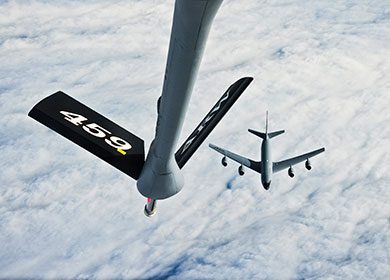

Carbon Dioxide Removal
Carbon Dioxide Removal (CDR) are a range of climate engineering approaches that mitigate or reverse Global Warming by removing carbon dioxide from the atmosphere and oceans. Carbon Dioxide Removal approaches reduce the Greenhouse Effect in the atmosphere as well as the effects of ocean acidification.
Proposed Carbon Dioxide Removal approaches include industrial methodologies such as Direct Air Capture, Carbon Capture and Storage and Biochar as well as Natural Climate Solutions like Ecosystem Restoration and Blue Carbon. Carbon Dioxide Removal approaches also include environmental engineering methodologies that take advantage of natural processes or phenomenon. Environmental engineering methodologies include Enhanced Weathering and Ocean Fertilization.
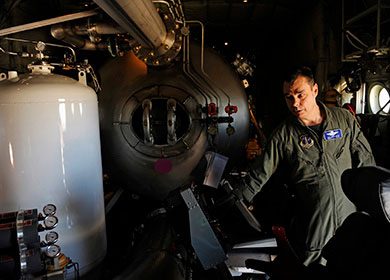


References
Angel, R., 2006. Feasibility of cooling the Earth with a cloud of small spacecraft near the inner Lagrange point (L1). Proceedings of the National Academy of Sciences, 103(46), pp.17184-17189.
- Effiong, U. and Neitzel, R.L., 2016. Assessing the direct occupational and public health impacts of solar radiation management with stratospheric aerosols. Environmental Health, 15(1), p.7.
Jones, A., Haywood, J. and Boucher, O., 2009. Climate impacts of geoengineering marine stratocumulus clouds. Journal of Geophysical Research: Atmospheres, 114(D10).
Keith, D.W., 2000. Geoengineering the climate: History and prospect. Annual review of energy and the environment, 25(1), pp.245-284.
Latham, J., Rasch, P., Chen, C.C., Kettles, L., Gadian, A., Gettelman, A., Morrison, H., Bower, K. and Choularton, T., 2008. Global temperature stabilization via controlled albedo enhancement of low-level maritime clouds. Philosophical Transactions of the Royal Society A: Mathematical, Physical and Engineering Sciences, 366(1882), pp.3969-3987.
Lenton, T.M. and Vaughan, N.E., 2009. The radiative forcing potential of different climate geoengineering options. Atmospheric Chemistry and Physics, 9(15), pp.5539-5561.
- Ming et al. 2014. Fighting global warming by climate engineering: Is the Earth radiation management and the solar radiation management any option for fighting climate change?
- Moore, K.D., Voss, K.J. and Gordon, H.R., 2000. Spectral reflectance of whitecaps: Their contribution to water‐leaving radiance. Journal of Geophysical Research: Oceans, 105(C3), pp.6493-6499.
- Rasch, P.J., Tilmes, S., Turco, R.P., Robock, A., Oman, L., Chen, C.C.J. and Stenchikov, G.L., 2008. An Overview of Geoengineering of Climate using Stratospheric Sulfate Aerosols. Geo-Engineering Climate Change: Environmental Necessity or Pandora’s Box, pp.250-285.
- Salter, S., Sortino, G. and Latham, J., 2008. Sea-going hardware for the cloud albedo method of reversing global warming. Philosophical Transactions of the Royal Society A: Mathematical, Physical and Engineering Sciences, 366(1882), pp.3989-4006.
- Seitz, R., 2011. Bright water: hydrosols, water conservation and climate change. Climatic Change, 105(3-4), pp.365-381.
- Twomey, S., 1977. The influence of pollution on the shortwave albedo of clouds. Journal of the atmospheric sciences, 34(7), pp.1149-1152.